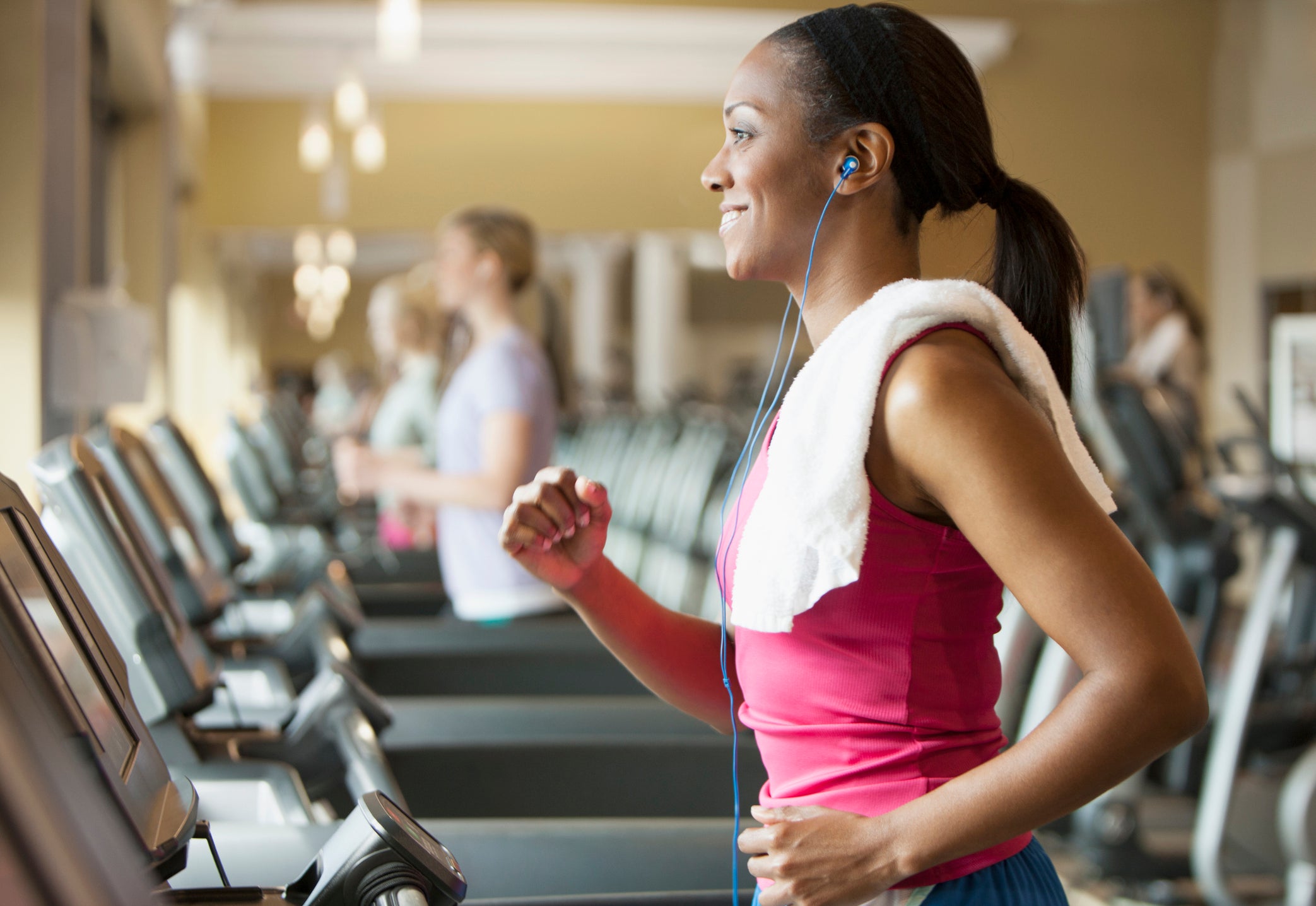
While gyms across the country closed down due to COVID-19, many are beginning to reopen but may find that attracting members could be more difficult than before. Because of the financial burden that was presented to many Americans — particularly those crippled in the Black community — many are planning to spend less than they did before the pandemic. The first thing to go? Fitness memberships.
Though gyms have reopened in more than half of states across the country as stay-at-home orders begin to lift, most under some form of reduced occupancy or other social distancing restrictions. But gym owners should anticipate for these numbers to stay this way for quite some time — even after things return to “normal.” Why exactly? According to CNBC, a new survey shows that 59% of Americans do not plan on renewing their gym memberships once the pandemic is over.
But don’t get it twisted — health and fitness is not being put on the backburner. The national kettlebell (and bicycle) shortage has proven this. Of those surveyed, most found that the pandemic helped them find “more affordable” ways to get exercise and live a healthier lifestyle. From virtual workouts to hitting the pavements, most have found unique ways to burn the calories that they once got from those grueling days inside their favorite gyms.
“Gym owners will need to figure out how to enjoy being uncomfortable,” says Jahkeen Washington, Co-Founder of JTW Fit in Harlem, New York. “We have been experiencing tremendous change with very little signs of “normalcy” on the way. Stay true to your respective crafts but also be willing to explore alternative methods. Your members will love and support you just for the effort alone.”
These findings also suggest that many Americans remain skeptical about returning to the gym despite increased safety and cleaning measures and also that many have found at-home workout routines that fit into their lifestyles.
Fitness is a $34 billion industry, and an estimated 20% of Americans have a membership to some kind of fitness club, according to the International Health, Racquet & Sportsclub Association (IHRSA), so it’s interesting to see how the industry will be impacted once a sense of normalcy resumes in the country.
Respondents of the study said they spent around $177 a month (or about $2,124 a year) on things like gym memberships, fitness classes and personal training. Now with virtual fitness, there are many free and low cost options. When gyms began to shutter, most had to turn to their phones or laptops, turning their homes into their own personal fitness studio.
But some gyms like JTW Fit, they found success in virtual fitness programs. Washington provides a few examples on how gym owners can get creative in providing their members with comparable workouts outside of their physical studios. These ideas include: virtual training (group and personal), outdoors sessions (social distance enforced for safety), online programs for purchase, on demand workout and fitness challenges.